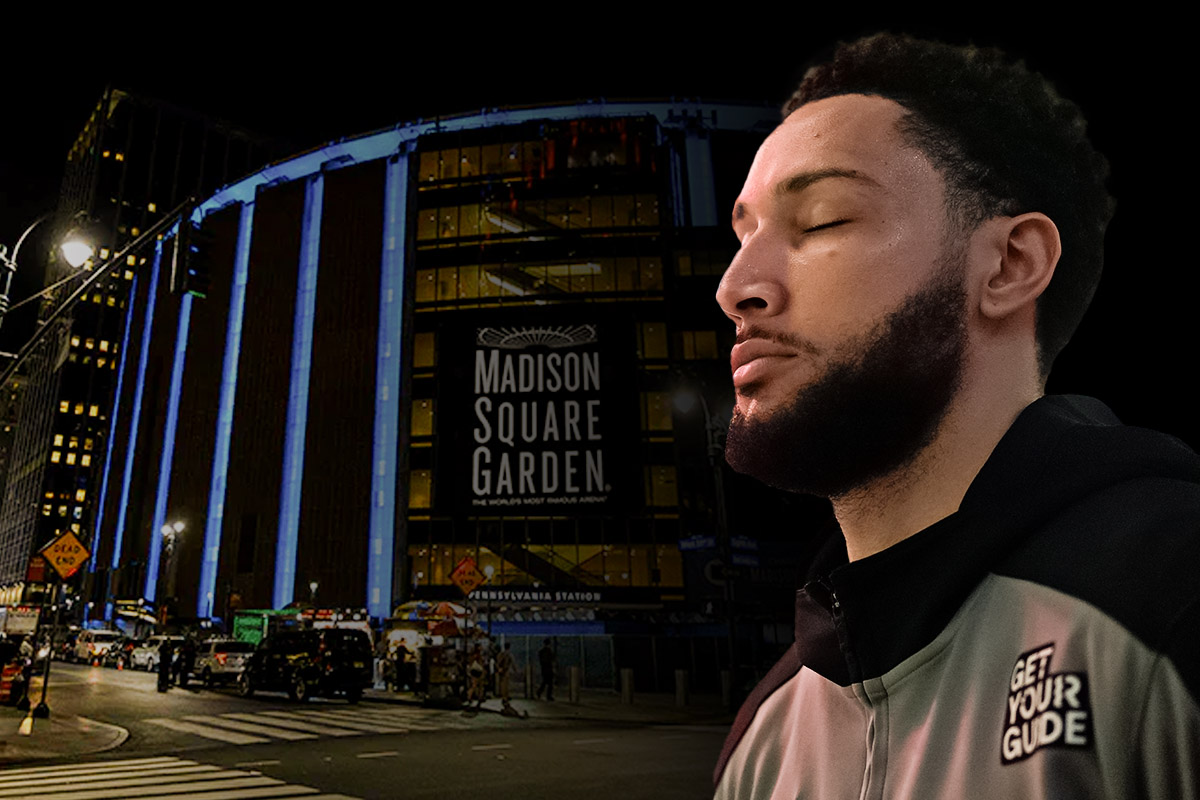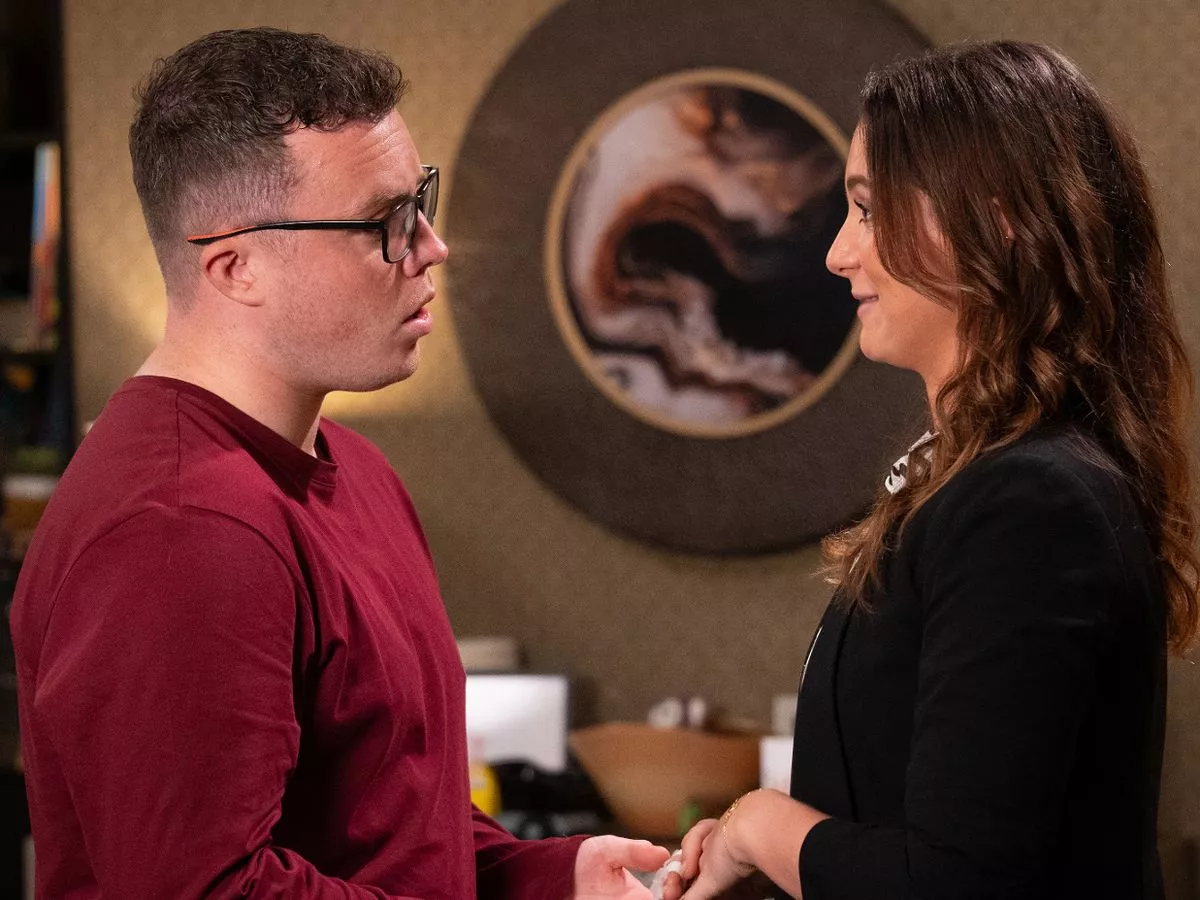
The rise of Ben Simmons once felt inevitable. That was the easy part. The hard part is watching what followed. What happened to the player who looked like the prototype for a positionless era? Someone who became only the second newcomer to pile up 1,200 points, 600 rebounds, and 600 assists in a single season. (Right behind Oscar Roberston.) Well, the LSU alum ended up trading one headline for another… From being the No. 1 pick to question marks in the playoffs. From All-Star votes to appearing quite regularly on the injury list. Ben Simmons was an NBA franchise centerpiece once upon a time. And now, in 2025, he’s at a crossroads that smells a lot like the end of a story. So where did it all tilt?
Fresh out of LSU, Simmons arrived as the No. 1 overall pick in 2016. And to say he dominated would be an understatement. Rookie of the Year hype in 2018 felt real. Remember, he got injured, that’s why 2018. He posted big numbers. You could see a future carved around his passing and defense.
Ben Simmons was at the center of his team’s future long-term rebuild chart. And then, that pressure met pain…
ADVERTISEMENT
Article continues below this ad
We saw a steep drop in his shooting output. The playoffs exposed crucial gaps that opponents exploited. Mental-health flare-ups and confidence issues suddenly became public. Ben Simmons even once admitted that he could not count on the 76ers, saying, “I was in such a bad place where I was like, f—, I’m trying to get here and you guys are, like, throwing all these other things at me to where you’re not helping. And that’s all I wanted, was help…”
“I didn’t feel like I got it from coaches, teammates — I won’t say all teammates, because there’s great guys on that team that did reach out and are still my friends — but I didn’t feel like I got that, and it was just a tough place for me,” Simmons ranted. And injuries? They became chronic.
ADVERTISEMENT
Article continues below this ad
Lower-back problems, nerve impingements, and surgeries took away a portion of his confidence and output every single time. A player who once seemed like a perennial All-Star now had to fight for minutes and for belief. And one would expect such a star player to make a comeback, right?
But in early 2025, those problems culminated in a split. Brooklyn and Simmons agreed to a buyout. It was an unceremonious end to a three-year run that produced… well, not exactly the most number of games. For a franchise that committed big money and expectations, it read like a reset.
Simmons signed on for a prorated veteran minimum with the Clippers, as he apparently “felt wanted” on the LA side. It was a sober reminder that the NBA is a marketplace, and that market can get cold fast.
Ben Simmons and the Harsh Fall From Grace
The Philadelphia 76ers drafted Simmons with their No. 1 pick. He missed time early with a foot injury. He fractured the fifth metatarsal bone in his right foot during a preseason scrimmage. But to everyone’s surprise, he returned and then exploded. Rookie year (technically) translated into multiple All-Star seasons that followed. Coaches loved the matchup problems he created. Opponents dreaded his length. But the 2021 playoffs were a turning point…
We’ve seen versions of this before as Derrick Rose rebuilt his game after knee surgeries, Markelle Fultz slowly reclaimed confidence after the yips, and Russell Westbrook has battled market-value collapse in real time. Ben Simmons, though, hasn’t shown the reinvention spark that kept those careers afloat.
Shooting, or the lack of it, turned moments into controversies. He became a polarizing figure. And then came the trade to Brooklyn in 2022. The Nets hoped for a renaissance. That didn’t materialize. Availability issues mounted. He logged just 90 games over the next two and a half seasons. The Nets’ investment, spread over three seasons and a hefty payment of $124 million, turned into a cautionary tale about risk versus reward.
Why does this matter beyond the box score? Because contracts tell a story. Ben carried a max-type deal into Brooklyn. The Nets paid him through injuries and absences. But the business side chewed up roster flexibility altogether. And when the buyout came, it wasn’t just about money, as it was also about a team concluding that expected returns weren’t coming. What happened next is both technical and human.
On paper, Ben Simmons is a free agent in 2025. In reality, he’s a player whose perceived value is way down. It’s not that offers didn’t show up. They did. Some were at the league minimum. Not enough to match his past status. The Knicks reportedly floated a veteran-minimum deal. But Simmons?
Where Does Ben Simmons Go From Here?
He declined as he “wasn’t interested.” That choice altered the immediate landscape. It signaled either selectivity or a lack of willingness to accept the role teams were offering. Then came another split…
Reports surfaced that his agent, Bernie Lee, stepped away from representing him. Agents don’t leave diamonds in the rough unless the polish is gone. Now, that parting is a structural blow. Why?
Because without an agent pushing hard, leverage fades like a bad shooting night. Well, he now has to compete against draft picks, low-cost veterans, and a roster rulebook that punishes financial missteps. From a basketball lens, though, is the tape salvageable?
Yes and no.
Simmons still moves like a 6’10” guard. He still defends lanes with length. He still sees plays before others do. But offensive evolution is non-negotiable in today’s NBA. Without at least a respectable outside threat, defenses can cheat and contain him. That limits role versatility. For playoff teams chasing spacing and reliable shotmaking, Ben Simmons is a conditional fit, provided he guarantees consistency. On the other hand, through a human lens, this is raw.
Confidence, health, and perception are arguably the three most important factors that matter in a player’s on-court shenanigans. Teams would ask if his body would hold up. Will his head be in the right place? Will he accept a diminished role? Those are not rhetorical questions.
They are due diligence, and rightly so. Simmons, after signing with the Clippers earlier this year, even said, “I’m a competitor. I just want to compete regardless of all the b——- that is said online that doesn’t come from me. I want to compete, and I’m here to do that.” My two cents?
There’s still a window for redemption. It’s narrow, and it requires those three earlier-mentioned factors to work itself out. The other path is retirement-adjacent, quiet with a few training-camp invites, a summer overseas, and eventual fade from the NBA headlines.
Alternatives do exist, though. Ice Cube’s BIG3 has openly recruited fallen NBA stars. And closer to home, Australia’s NBL has been floated as a genuine landing spot.
Analyst Felix Von Hofe even raised it, with Damon Lowery lighting up at the thought, saying, “Man, I’d love to see him play basketball anywhere, but if he can come right here and come back home to play, he would dominate, 6’10 point guard, can guard absolutely everybody. It would be too easy for Ben if he was back here playing NBL.”
No conclusion here is permanent right now. Careers bend in strange ways.
ADVERTISEMENT
Article continues below this ad
But the Ben Simmons story now reads like a warning for teams and players alike: talent without availability and adaptation rarely gets a long second act. What do teams risk by betting on him? A large roster slot for a player who may not be available.
In a league where spacing, shooting, and reliability drive winning, that’s a gamble most contenders can’t afford.



